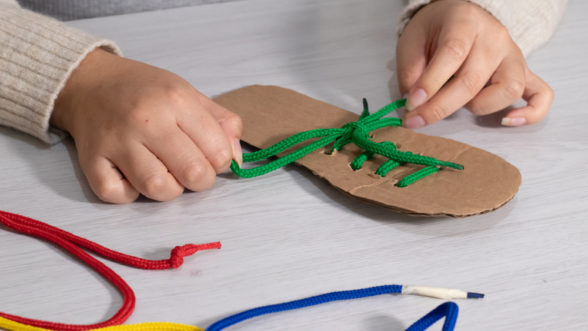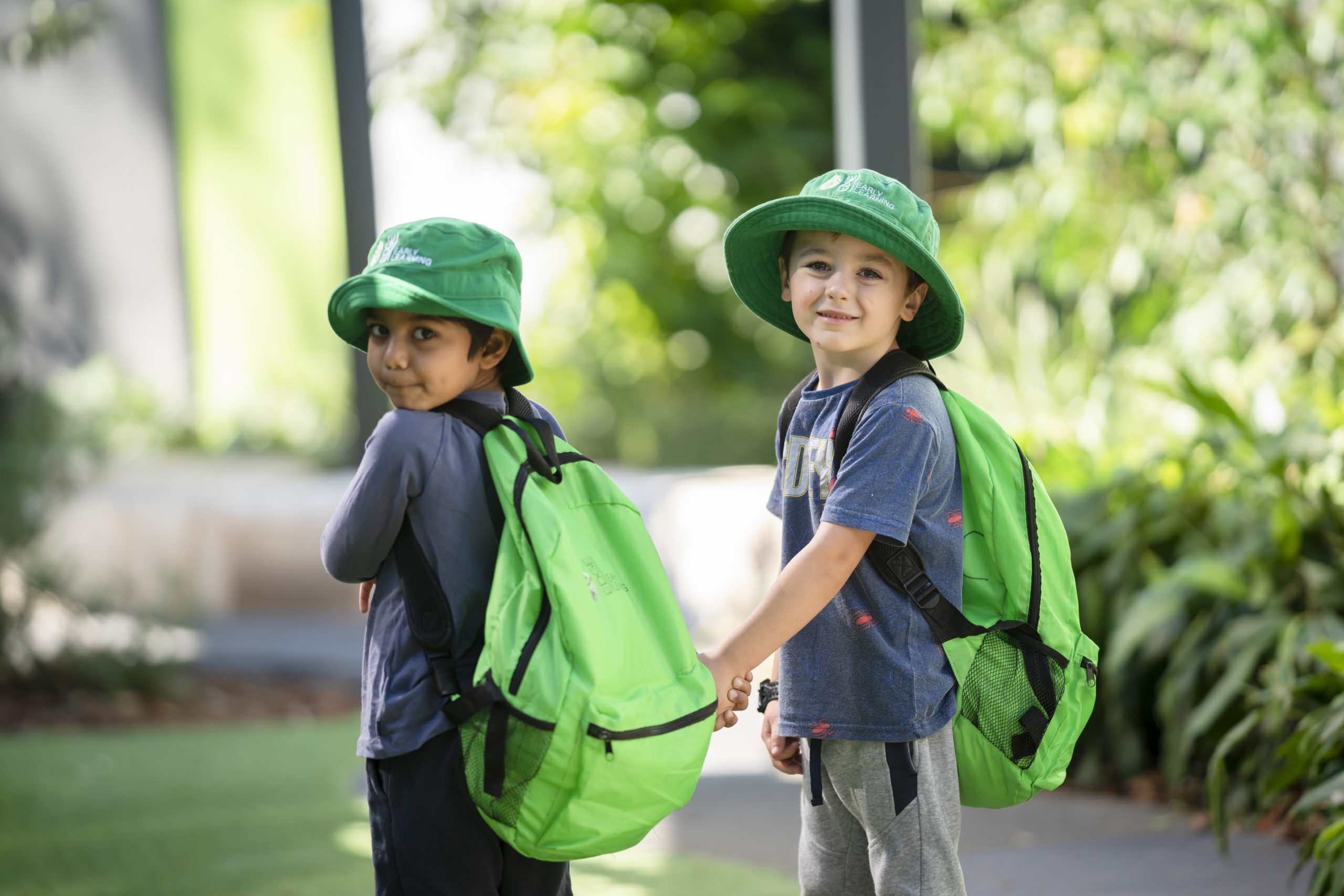Teaching children to be safe around strangers – both online and in real life – is an everchanging challenge for parents. You want them to be safe, not anxious, but still aware of the dangers around them. How do you strike the perfect balance? Here, we share tips for teaching stranger danger for kids safely and effectively.
How to Talk About It
Unfortunately, stranger danger isn’t as simple as teaching your children that all strangers are bad. In fact, according to Safely Ever After founder Pattie Fitzgerald, 90 percent of sexual abuse or harm actually comes from someone the child knows – not a stranger.
Still, of course, it is important that your children know how to keep themselves safe when you’re not around. You can’t prevent them from interacting with people they don’t know, but you can teach them to recognise when a situation might be dangerous and how to act accordingly.
Pattie, in an interview with the Sunshine Coast Daily, explains that it is more effective to teach children how to spot ‘tricky people’ than to be wary of all strangers – after all, they see you (their parents) chatting to strangers all the time.
“A tricky person can be someone you know or don’t know, but it is someone who breaks a safety rule or asks you to do something that makes you feel uncomfortable,” says Pattie. “It is a process.”
Some experts say you can start teaching your children safety skills as soon as they begin school. We say, trust your gut. You are the best judge of whether your child is ready to learn, and you can start small! For example, you can teach your child the difference between friends, family and strangers and empower them to create boundaries when it comes to their body and safety.
What to Teach Your Children
Stranger danger is diverse, but it is comprised of some of the following principles:
- Offenders can look like anyone: Scary people don’t always look scary, so it is much more important for children to identify scary behaviours (taking you away from a group, disrespecting your boundaries, using inappropriate language, bribery).
- Don’t enter strangers’ vehicles: Ensure your children know that strangers’ cars are a clear ‘no go’ zone, always.
- Even people that your children know can do harm: Remember what Pattie said about a majority of sexual abuse and harm coming from people that children know? It’s another reason why teaching your child to identify scary behaviours, rather than scary-looking people, is essential.
- How to speak up when someone touches them in an appropriate manner: Your child is the boss of their body, and you can empower them to stand up for themselves by never making them hug or touch an adult they don’t want to and teaching them to never keep secrets from you.
- How to behave when staying home alone: Make sure they have your number and know rules like to never open the door, to check in with you regularly and to tell anyone on the phone that their parent is home but busy.
- How to use a family code word for pick-ups and drop-offs, when someone outside of the direct family is picking up your child: Set up a family code word (the sillier, the better!) that you can tell trusted adults if they ever need to pick your child up at short notice. If an adult can’t tell your child the correct code word, your child must know not to go with them under any circumstances.
Tips for Teaching Your Kids About Stranger Danger
Honesty is always the best policy, but when it comes to stranger danger, it’s important to educate – not traumatise – your children. To really drive home your point, try some of these stranger danger activities for pre-schoolers:
- Try role playing scenarios with your children, to give them opportunities to practice the skills and phrases that will protect them
- Point out moments where you are listening to your gut, and explain what that feels like to help them identify it in themselves
- Make sure they know their name, address and phone number, as well as your name(s) and phone number(s)
- Teach them that adults don’t need help from children, or need children to keep secrets for them – your child should always tell you if this happens
Find out more educational news and information for children here.

